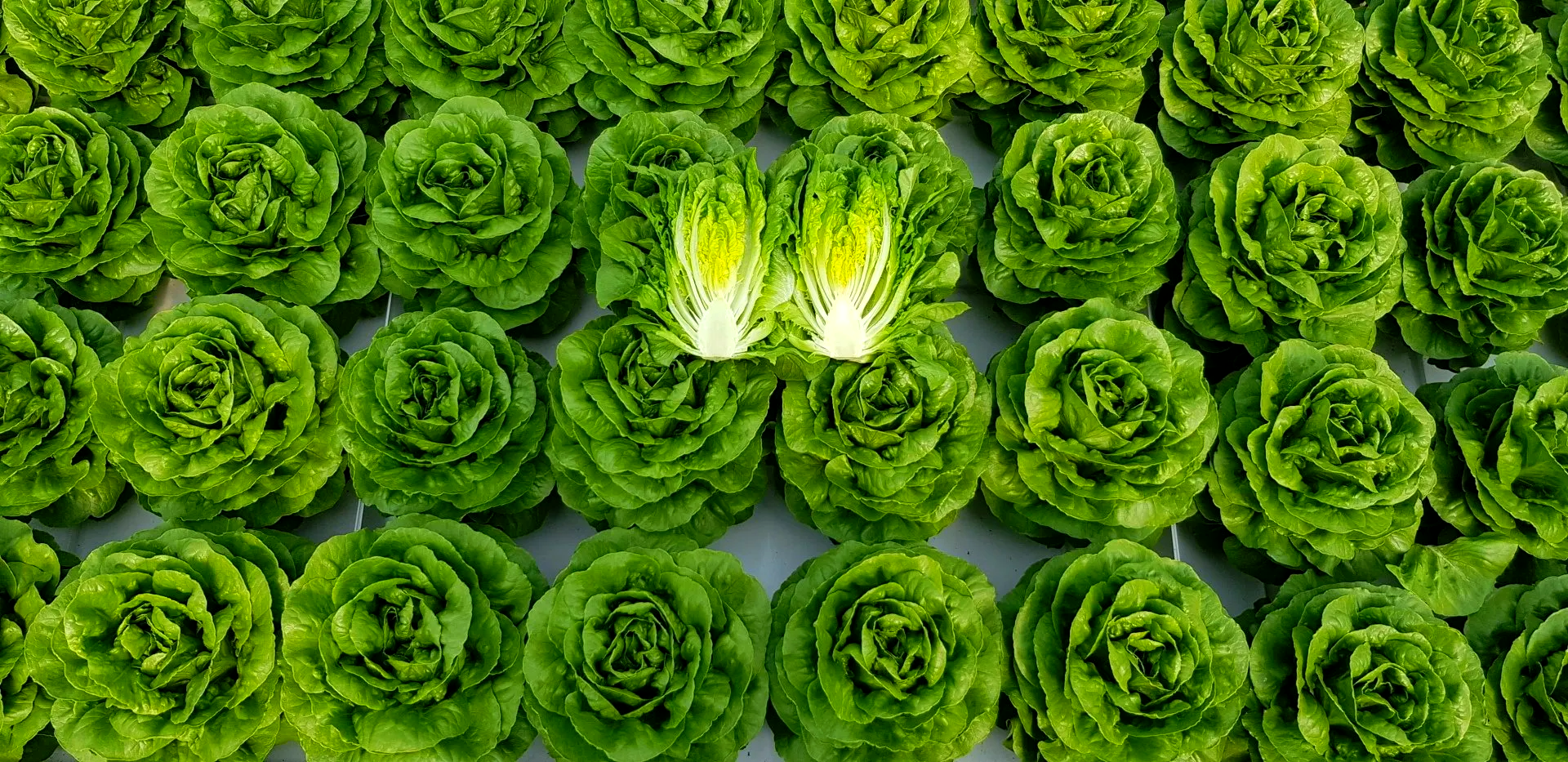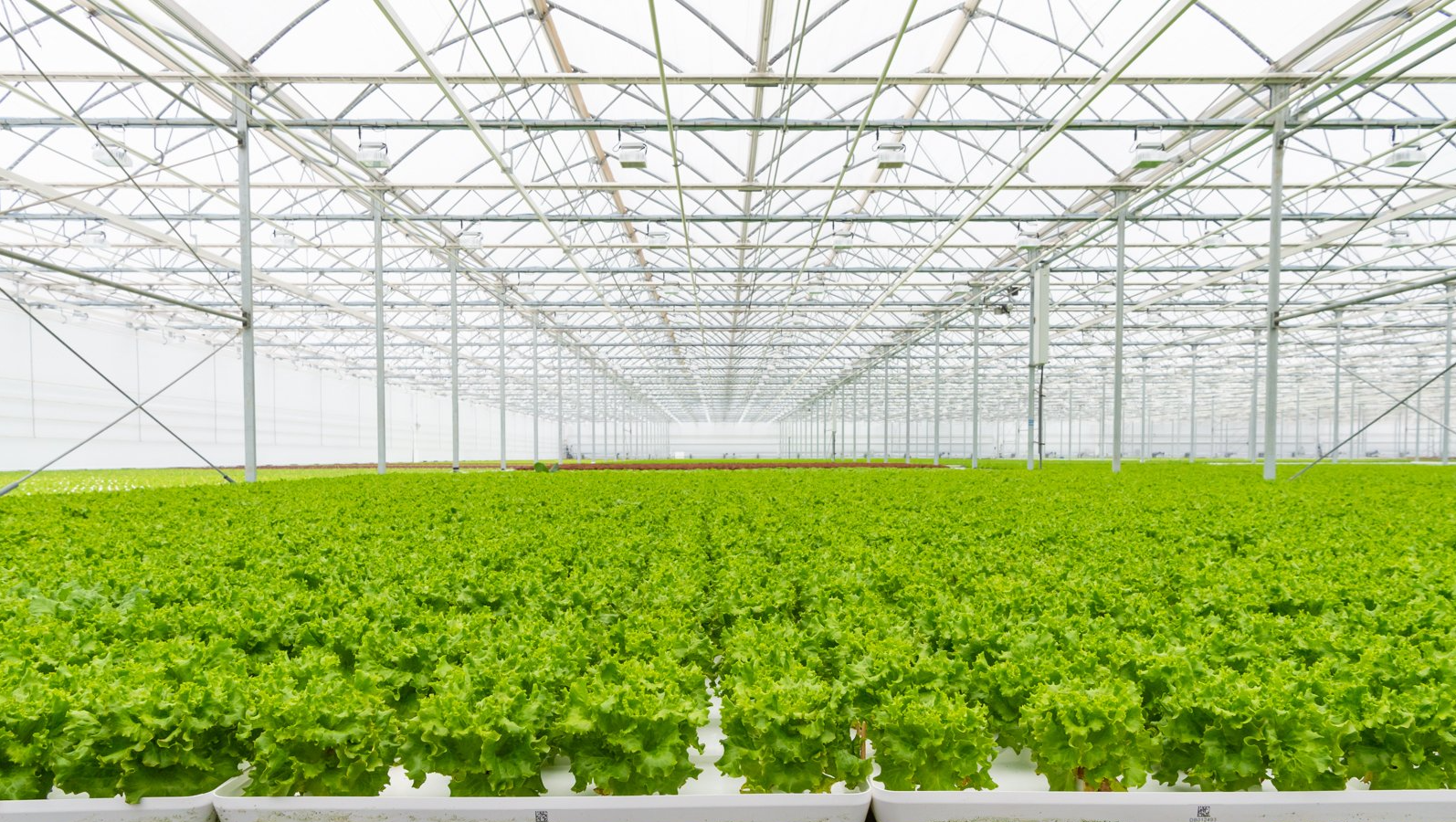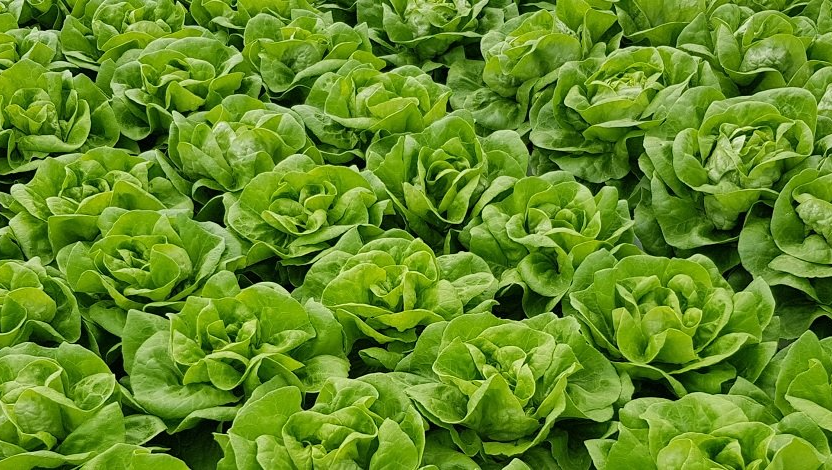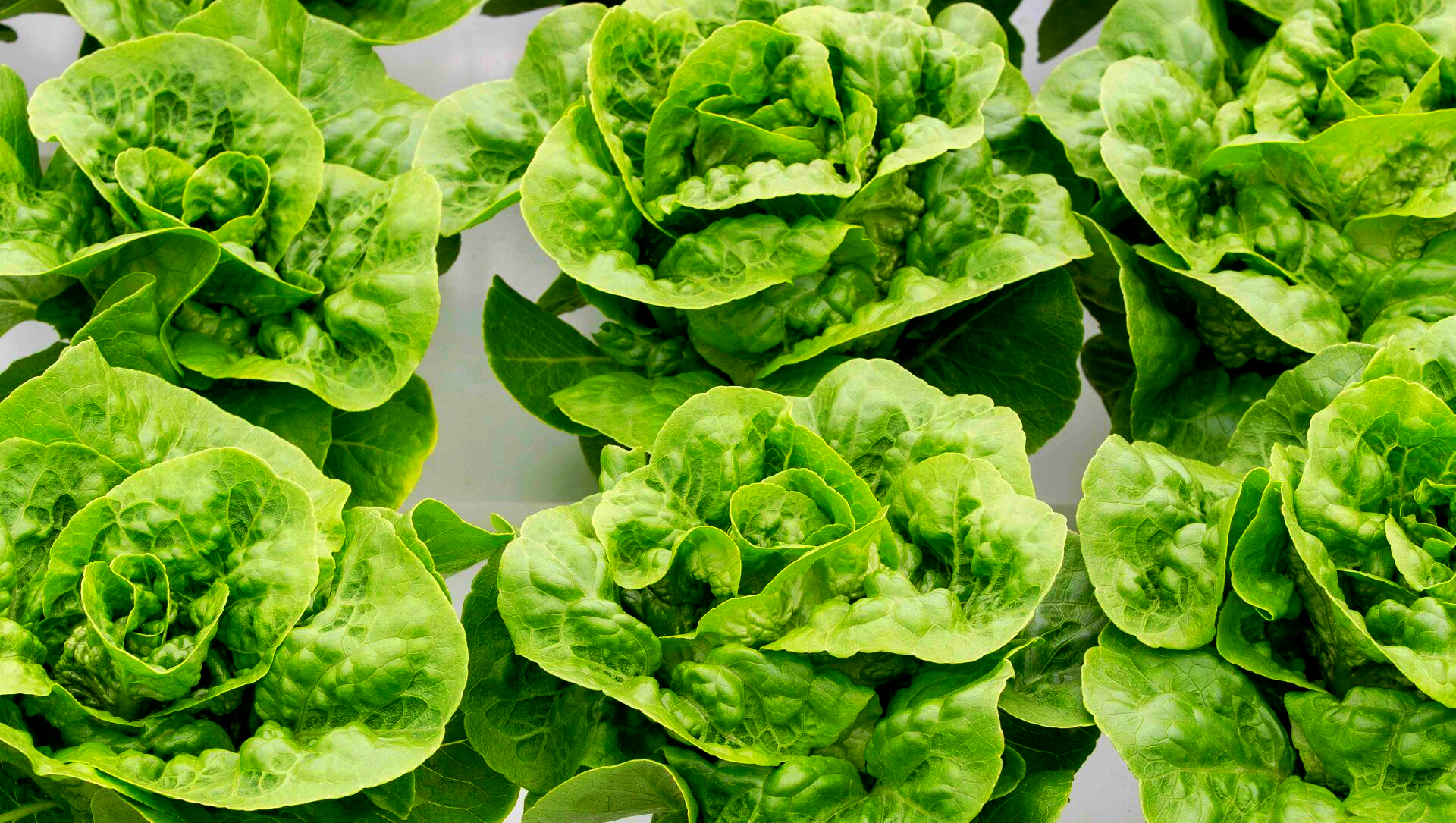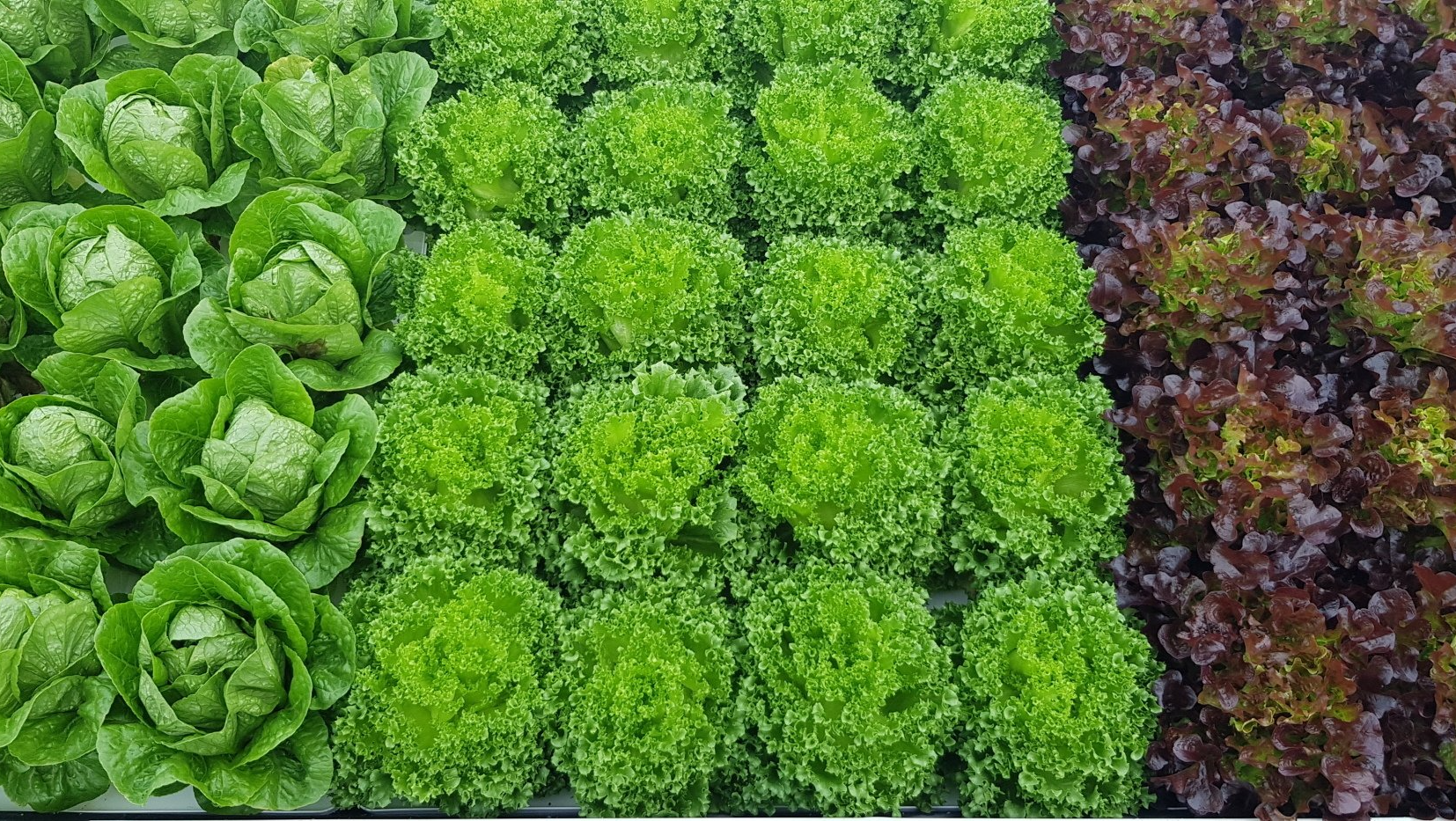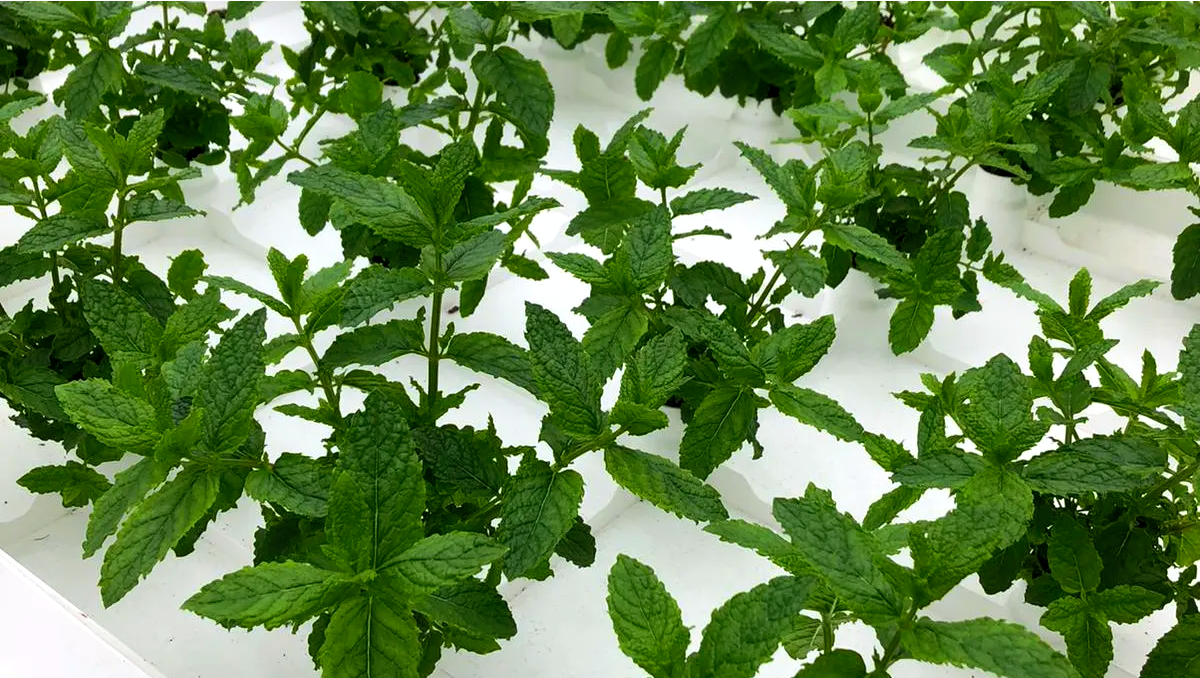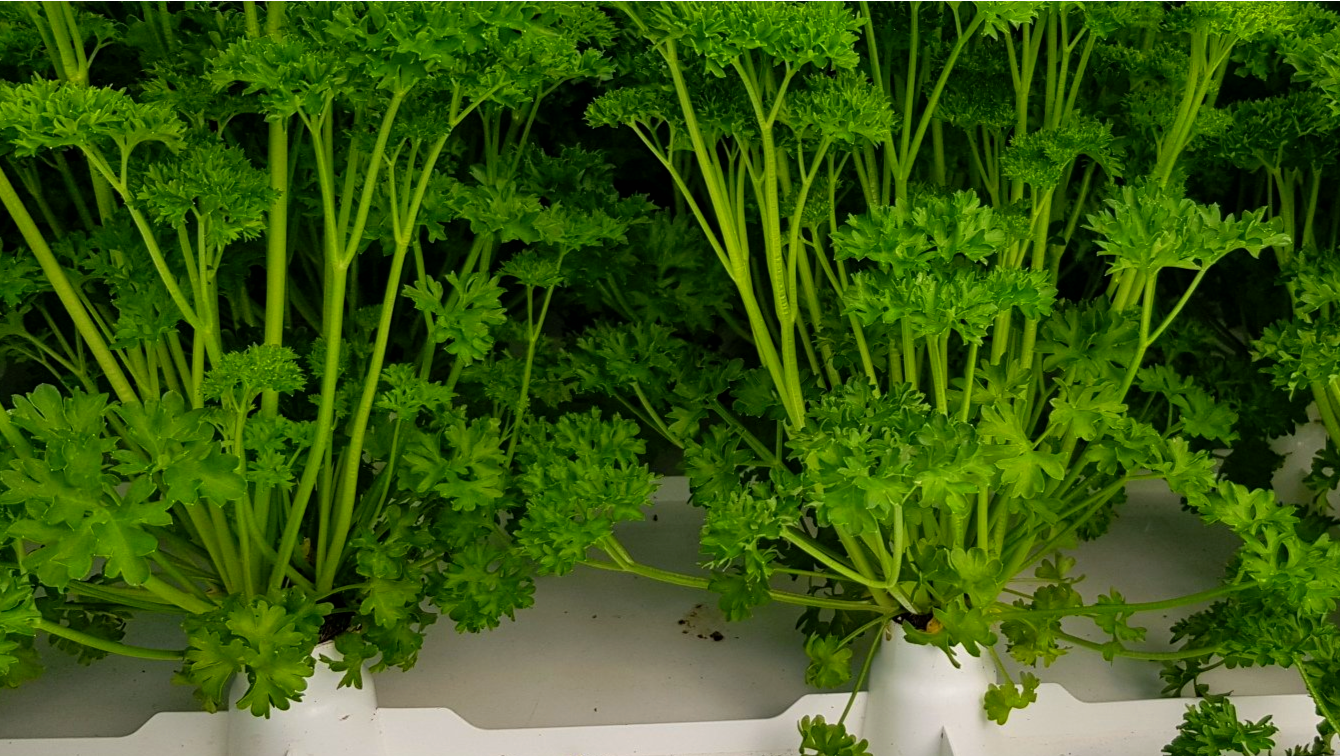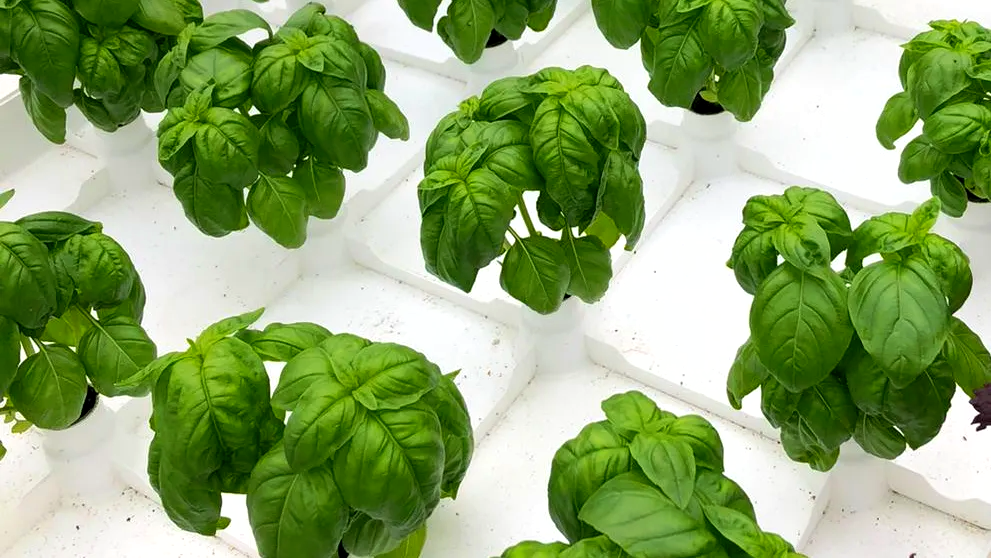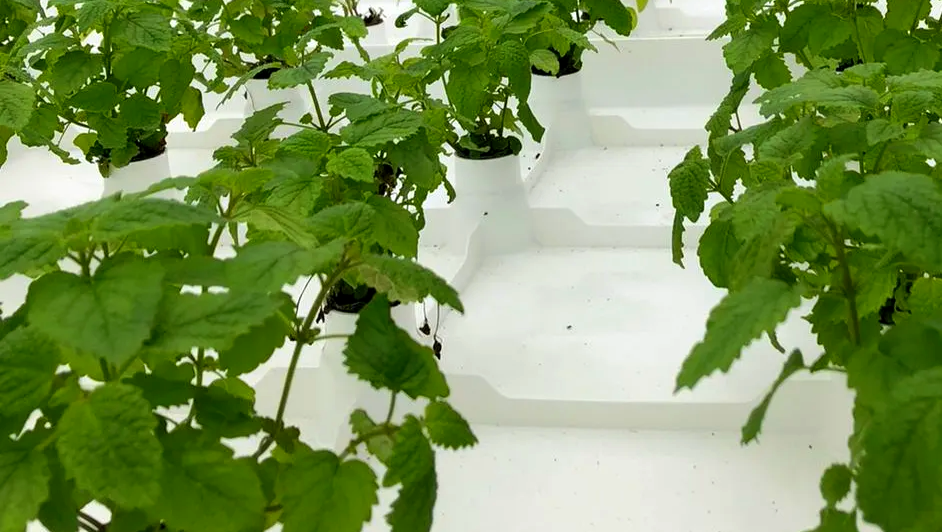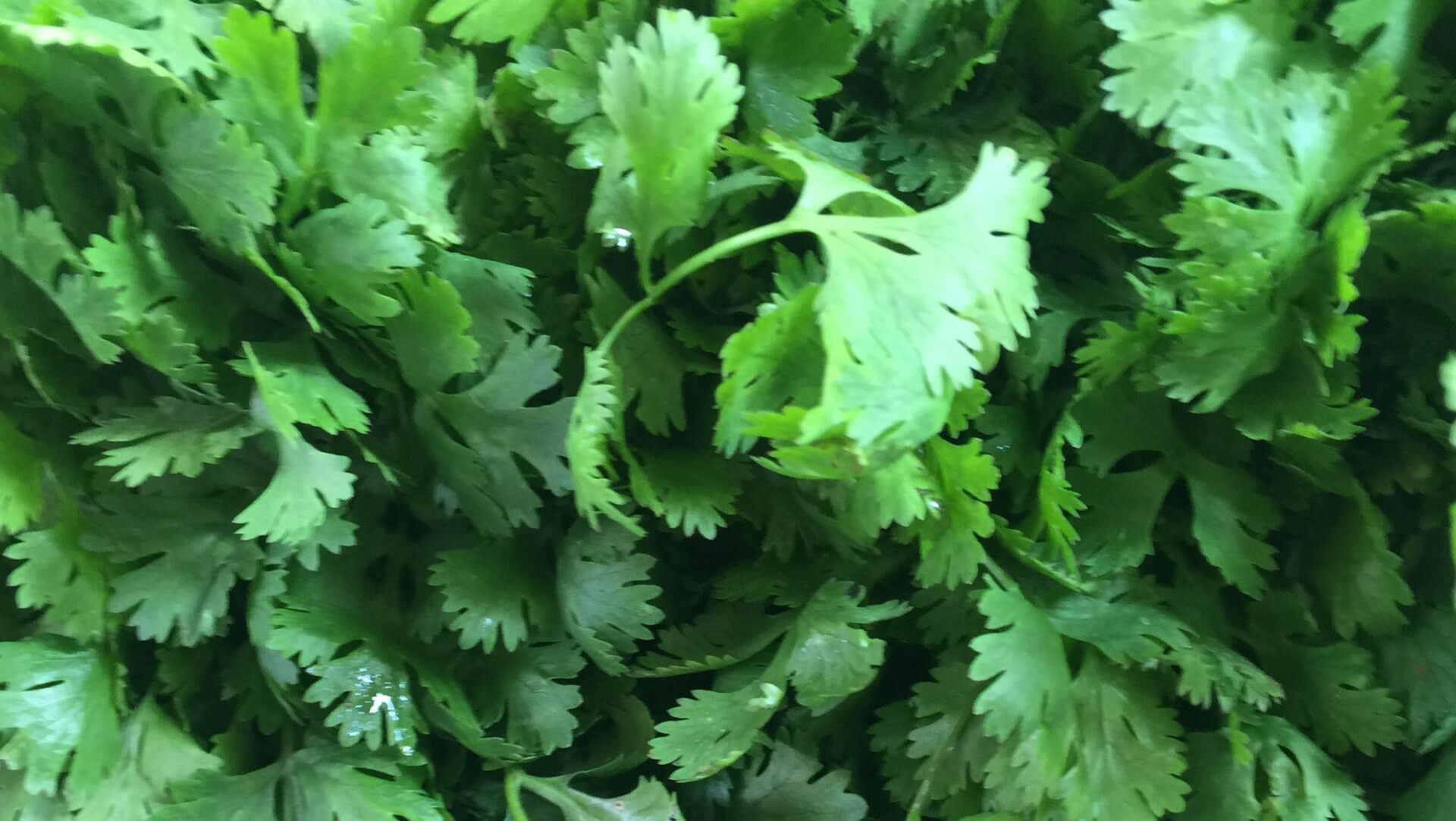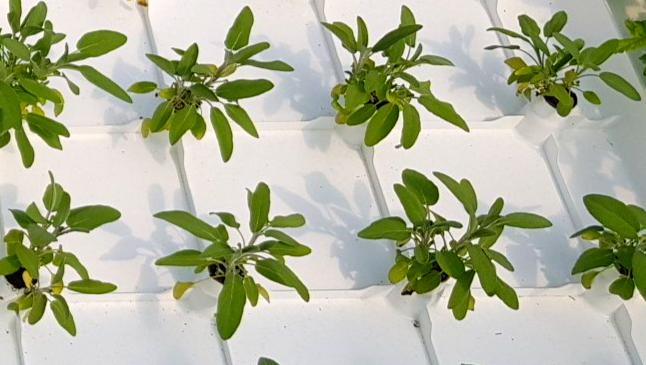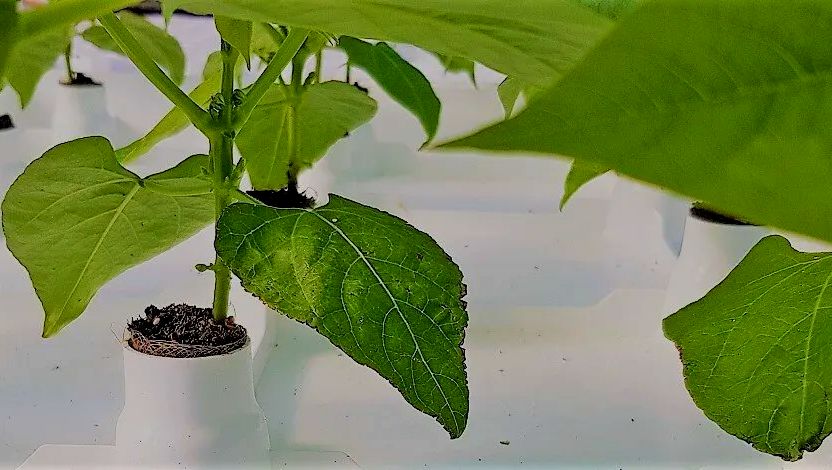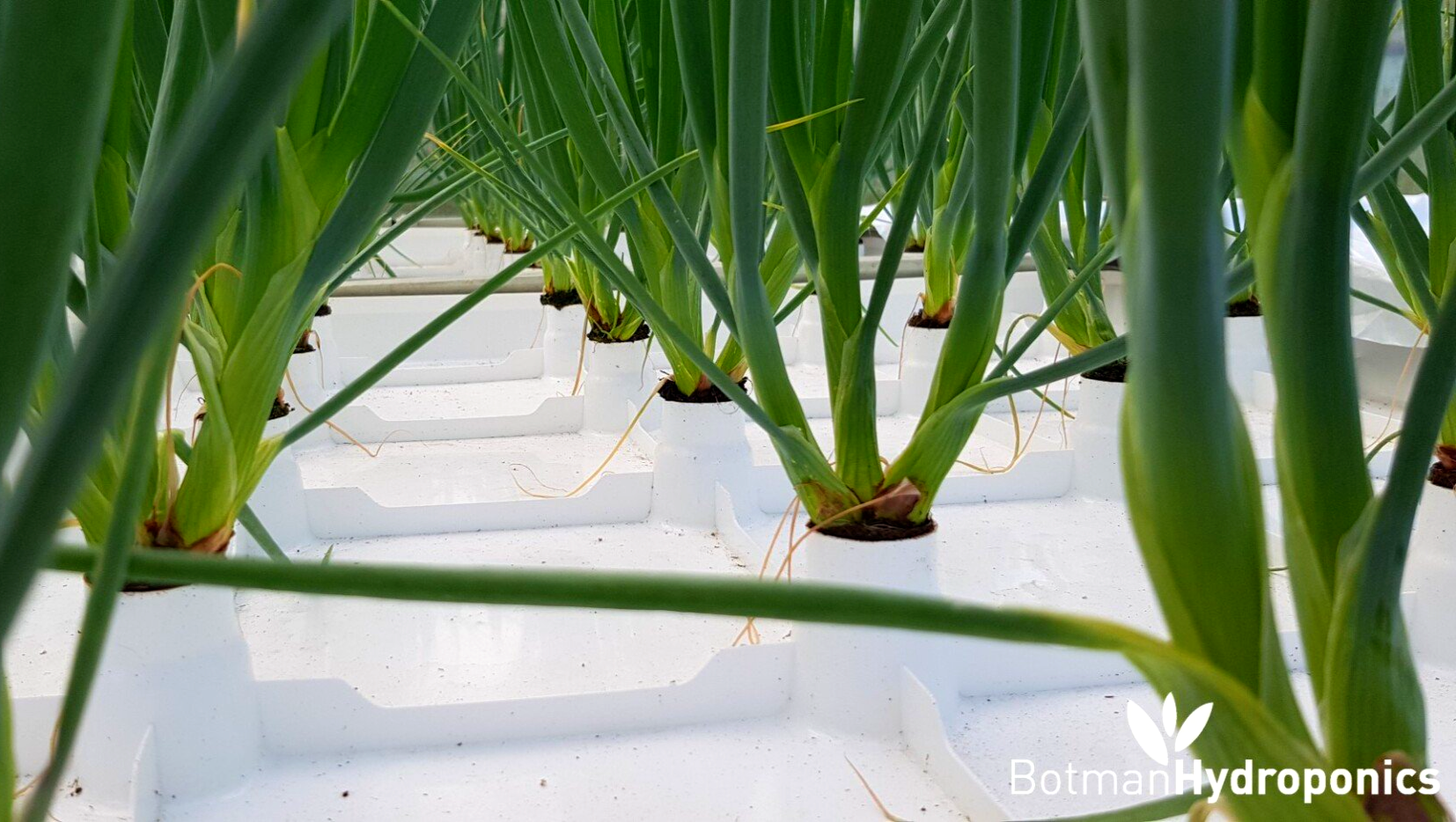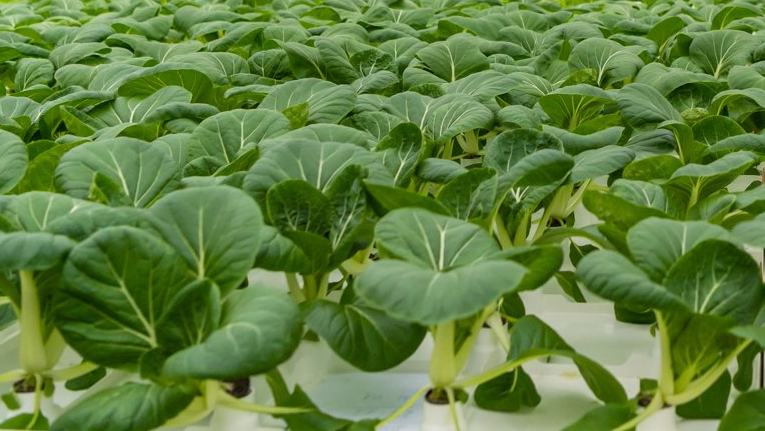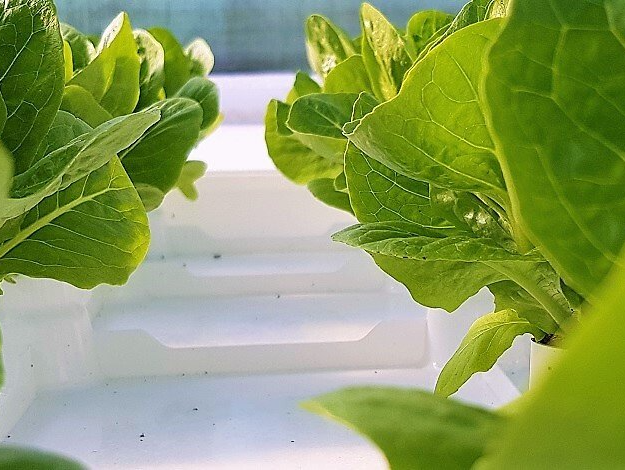Floating Raft
Home > Hydroponics Growing System > Floating Raft
Floating Raft 20 Specifications
Sustainable & Efficient
Botman Hydroponics offers the very best in cultivation on water. The thoughtfully designed growing system offers a powerful concept of minimal investment with maximum return.
The Floating Raft is specially designed for growing leafy greens, herbs and lettuce heads hydroponically in a food-safe manner.
Size
1095 x 825 mm
Density
22 /m²
Material
Food-safe HDPE
Colour
White
About
Cultivation on the Floating Raft
Botman Hydroponics has developed an innovative system for the efficient and sustainable greenhouse-based production of hydroponic crops – from germination / propagation (e.g. in a vertical farming setup under LED lighting) right through to harvesting.
The Botman Hydroponics Floating Raft is being used at the cultivation phase, and therefore the most important phase of the Botman Hydroponics Deep Water Culture (DWC) system. The Floating Raft is specially designed for growing leafy crops and herbs hydroponically in a food-safe manner.
Details
The Floating Raft is designed for the cultivation of crops on a lower density (22 /m²) in the greenhouse.
The Floating Raft is made of High-Density Polyethylene (HDPE). This high-quality smooth plastic is food-safe and easy to clean. Equipped with an unique 2D-matrix code on both ends of the Raft.
Method
After propagation, the young plants are transplanted directly into specially engineered injection-molded Floating Rafts made from food-safe plastics.
These are then floated on a layer of water (25-30 centimeters or 10-12 inches deep) in the greenhouse pond, allowing the plant roots to hang in the water.
The Sustainable Choice
Durable
Made of injection-molded, food safe HDPE and designed to last for years and years. Unlike rafts made of styrofoam, our Floating Raft doesn't have to be replaced every few years.
Good for the environment and good for the business case as well.
Biodegradable Plugs
Cultivation of the tastiest leafy greens, herbs and lettuce heads on biodegradable plugs. Different from unsustainable growing mediums like rockwool and soil blocks, our plugs are compostable.
Details
Automation Solutions
Either small or large, manual or fully automized, we offer solutions for every project size. Together with our partners, we can offer a wide range of automation solutions which will perfectly fit your project. Ask us about the possibilities.
Crops
Hydroponically grown crops on the Floating Rafts of the Botman Hydroponics Concept. A selection, but definitely not all, of the varieties that are grown on our hydroponic growing are shown below.
Explore and get inspired.
Lettuce Varieties
Herbs
Other crops
Lettuce Varieties
Herbs
Other crops
35.000
Floating Rafts already in use around the world.
17.424.000 +
Crops produced at our customers facilities on the Floating Rafts.
950 +
Shops selling our customers' fresh hydroponically produced crops.









